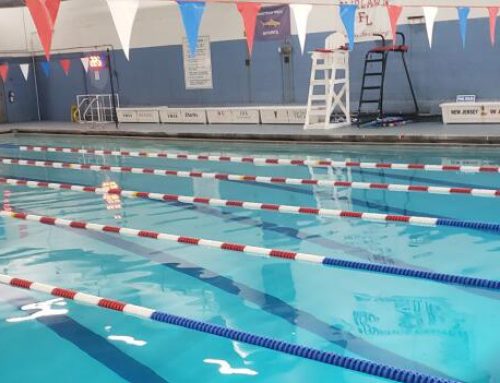I’m happy to tell you more about packrafts and their utility compared to an inflatable kayak!
There’s no denying that the best way to learn whitewater at a harder level is in a hardshell. But if you’re just starting out in whitewater, I think an IK or packraft is a great way to learn the ropes.
In practice, an IK and a packraft are essentially the same kind of boat; they inflate and don’t hold an edge that well (a hardshell boat’s hull can cut through water currents, whereas an inflatable generally sits on top of the water). They are extremely stable in easy water but get unstable in bigger, dynamic water.
Here’s the biggest difference between the two: A packraft can fold down to fit in a backpack. I’ve taken my Alpacka Expedition out to Colorado before in checked luggage (You can’t bring a paddle in carry-on! but I could have fit the packraft in my carry-on), and paddled it down the Royal Gorge of the Arkansas River. Depending on the brand you get and the style of packraft, some even come with a TiZip storage function.
This funky little zipper lets you open your boat and store your gear inside the tubes. So if you’re into camping (and this is a type of trip I really want to do), you can park your car at the bottom of a river, hike up to the put-in, then stuff all your gear in your boat tubes, paddle the day, then pull off, set up camp, and be off to finish your paddle the next day, floating down to your car at the takeout.
I’ve run my Alpacka expedition down class 4 big water on the Hudson River before, so even their explorer boat can handle some pretty big rapids. Another brand is Kokopelli. I used their boats at first. While they’re a good price point and essentially do everything an Alpacka does, the Alpacka brand was first, packs smaller, and has better designs. But Kokopelli is a great option.
A packraft folds down so well because it’s made of thermoplastic nylon fabric (TPU). Essentially, it’s nylon coated with a really flexible and strong rubber that gets sewn and bonded together. Generally, the side tubes are a thinner (240 denier [denier is the measure of thickness] and 420D are the general thicknesses) cut than the floor TPU thickness, which is usually 840D.
There are other fabrics like kevlar and PVC that Kokopelli uses, but while these are stronger (and cheaper for Kokopelli), they do not pack down as well. You can actually make your own packraft, but it is not for the faint of heart. I’m looking at my pile of unfinished boats as we speak.
That said! Packrafts fold down, they pack well, they look cool. What’s the catch? Well, if you go on a KCCNY Mongaup 1 barrel trip, where the water level is low, THERE IS A CHANCE TO RIP YOUR PACKRAFT.
The first packraft I owned was a Kokopelli Rogue, 240D tubes, 840D floors. I lent it to someone on the Lehigh River a few years ago and the person didn’t know how to navigate rapids, leading to them getting stuck up on a rock. Normally, that’s fine. But this dude tried to shimmy back and forth off the rock, ripping the 840D floor. The floor was repairable, but it taught me a valuable lesson about packrafts and inflatables: rocks are off-limits. On a hardshell, you can use rocks to launch off like jumps. You have to stay away from them at all costs in a packraft. Not all hits will pop a packraft, but if you drag your vessel across a lot of rocks, chances are you’ll start to wear down the TPU and make a rash burn tear. Some boats made from PVC or the newest Alpacka Valkyrie can handle rock scrapes, but they’re still subpar compared to plastic hulls.
Alright! So I rambled for a bit about packrafts, so what’s an Inflatable Kayak, otherwise known as a Ducky?
Well, it’s similar in that you inflate it, there isn’t much hull in the water, and you have to climb in if you fall out. But the boats are usually made out of vinyl or PVC and they’re really long, so the IKs do not pack down well. So I can take a packraft on a multi-day hiking paddling trip, but due to the size and weight of an IK, it is mainly for roadside runs, just like a whitewater plastic hull kayak.
So performance-wise, I personally find that packrafts are more nimble and move better than IKs. But IKs can take a LOT of abuse. Packrafts can take a lot too, but if you hit that one wrong sharp rock, a packraft might tear, whereas an IK might make it out OK.
Before you take an inflatable kayak out in fast water learn if you can get in it- or not – without pushing off the bottom. Pushing of the bottom can lead to the dreaded foot entrapment where your foot gets caught in a crack and the force of the water pushes you down stream.
Interested. KCCNY owns 2 Star inflatable kayaks, a single and a double (that larger paddlers can paddle single). Read more about our loaner program or contact us.









